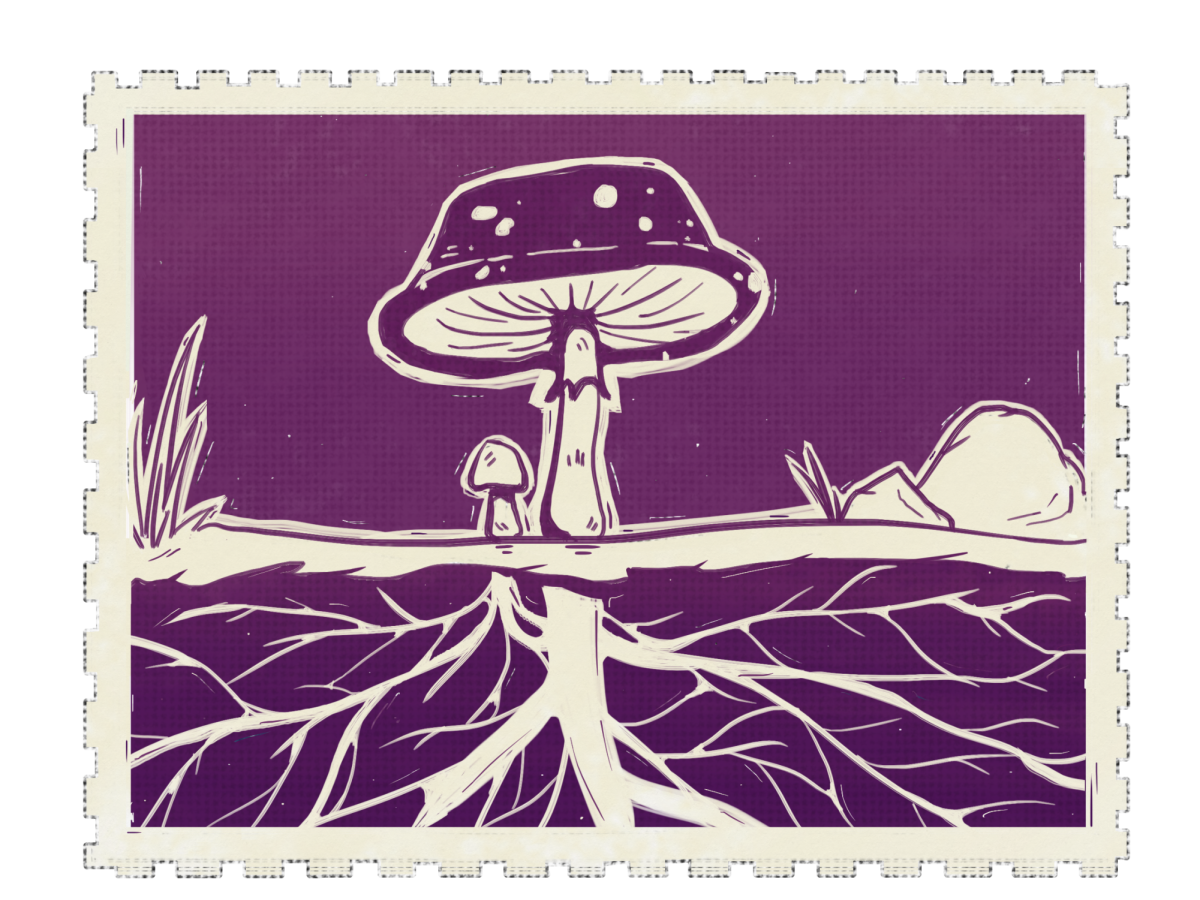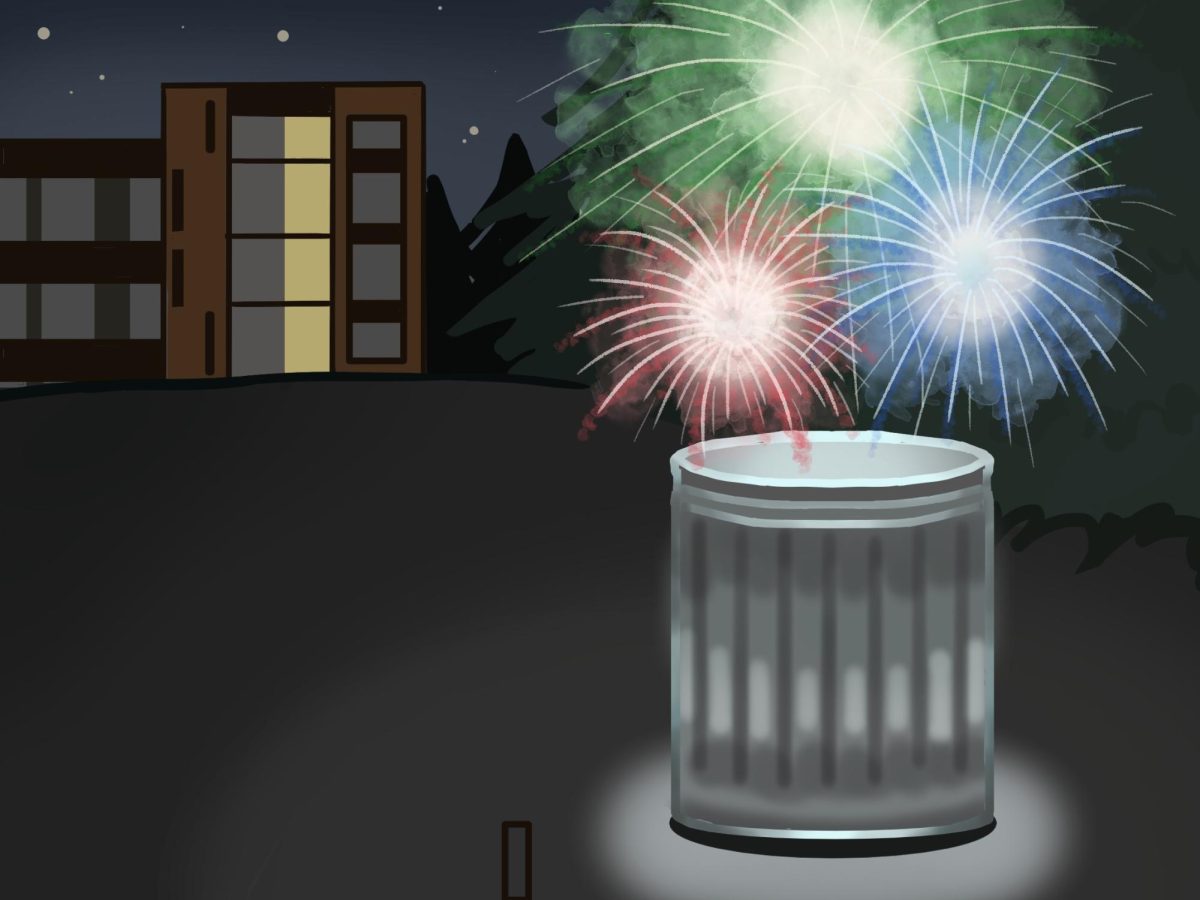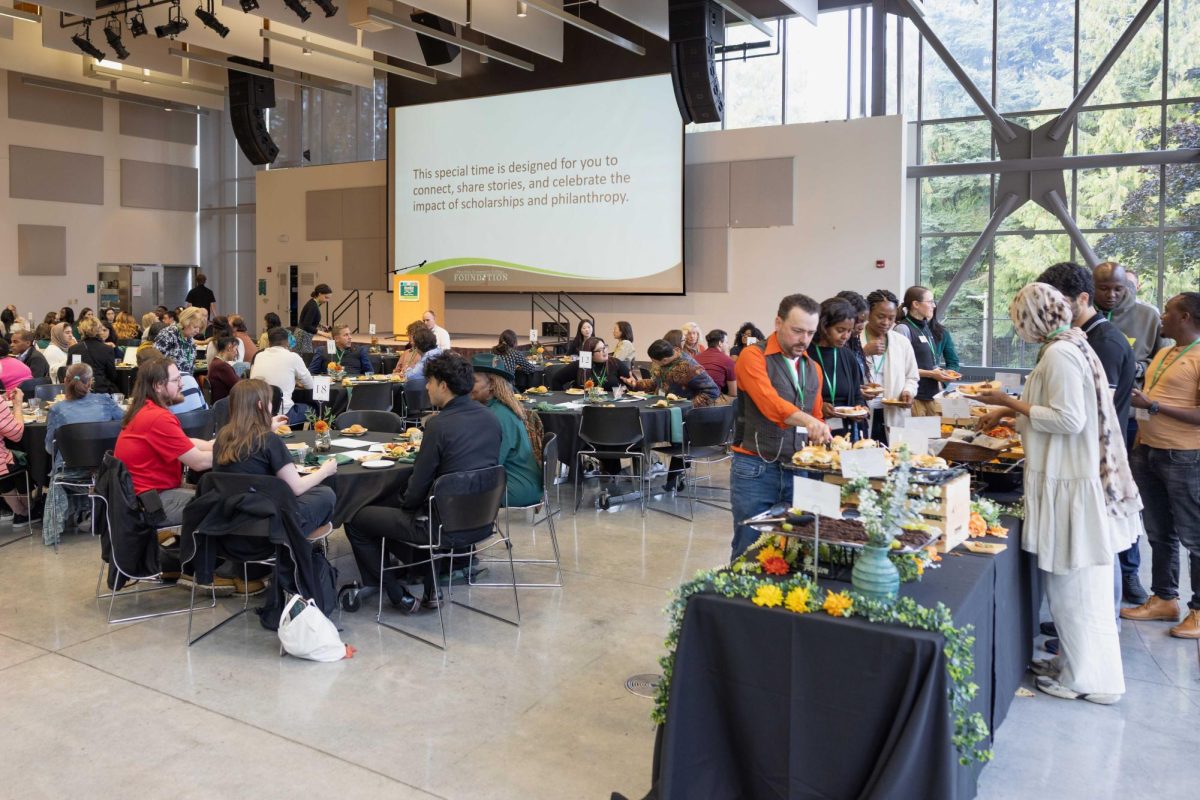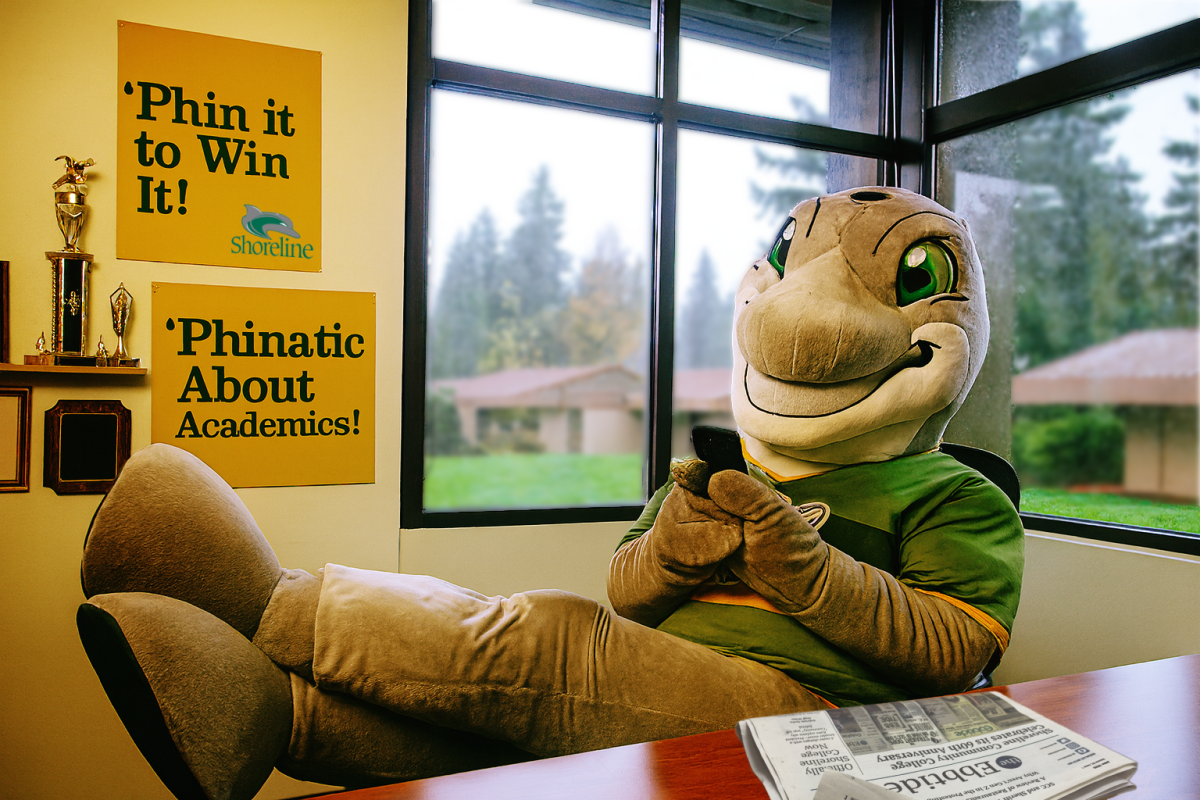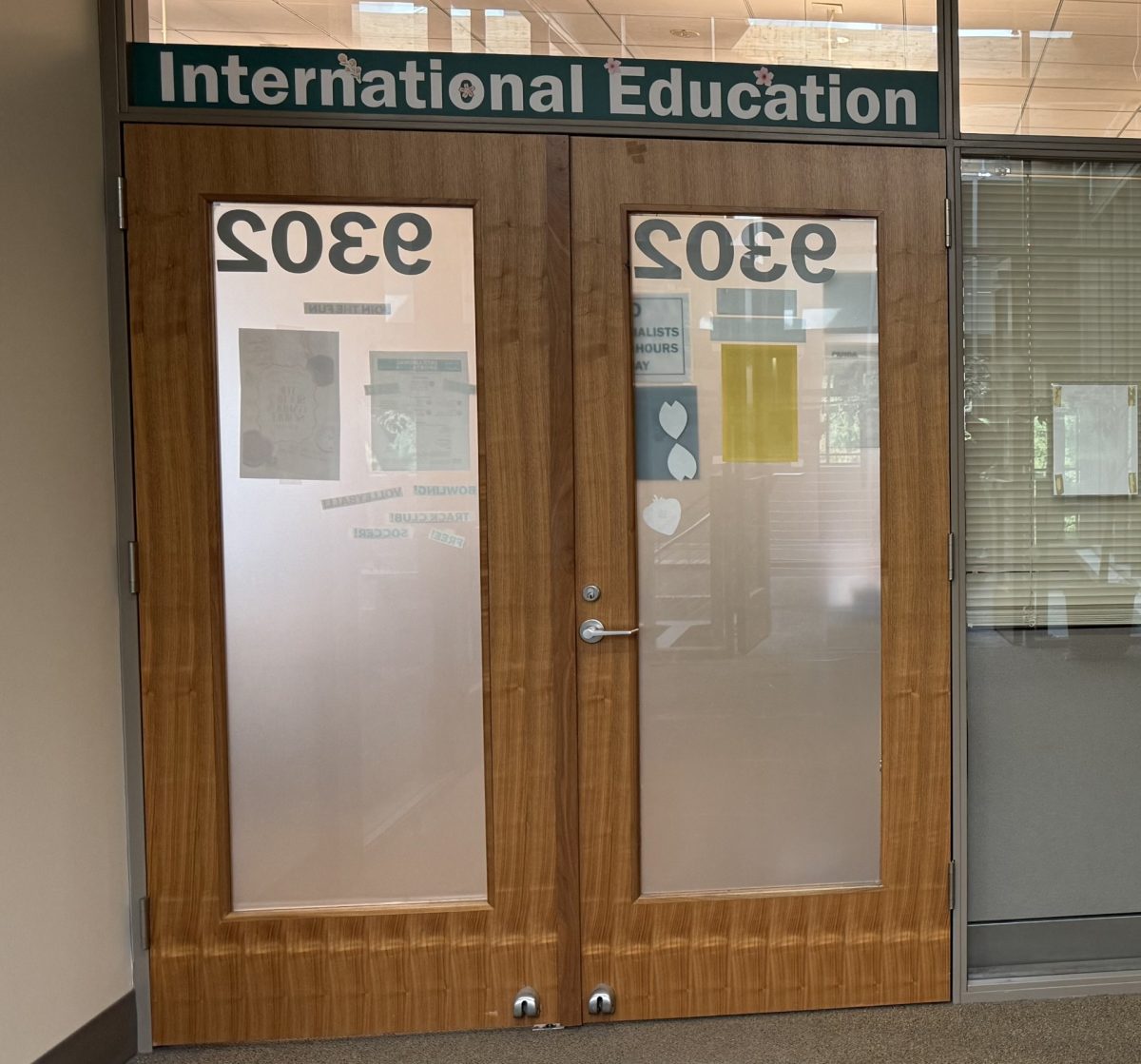BIG ACTIVITY ON THE BIG ISLAND
Residents of Hawaiʻi’s Big Island are facing a period of uncertainty.
Eruptions at the Kīlauea volcano beckoned the national media to the district of Puna to study the unusual behavior of the world’s longest erupting volcano above sea level.
Kīlauea is a shield volcano, which means it doesn’t work the typical way you’d see at a middle-school science fair. Unlike composite cone volcanoes like Mount St. Helens and Mount Rainier, its lava continuously and slowly seeps out instead of erupting quickly and explosively. It is also Hawaiʻi’s most active volcano.
Kīlauea is located in Hawaiʻi Volcanoes National Park and is about 25 miles away from Leilani Estates, a suburban area on the outskirts of a tiny town called Pahoa. Leilani Estates is a residential neighborhood located 23 miles south of the larger city of Hilo.
The reason why this volcano is receiving a lot more airtime as of late (despite having been erupting continuously for the last 35 years) is that the trajectory of its lava has recently deviated, spewing forth through 15 different areas across Leilani Estates and the surrounding area.
Significant structural damage and toxic gas emissions are just a few of the byproducts of the ongoing eruption of the Kīlauea volcano, which has expanded beyond its previous boundaries.
Professor Emanuela Agosta, a geology professor at SCC who received her doctorate in earth science from the University of Perugia in Italy, was teaching about Kīlauea in her Geology of National Parks class.
During the week of the the Big Island’s big activity, she was teaching her class about the lava lake inside Halemaʻumaʻu Crater, which is located inside the caldera, or depression, at the summit of Kīlauea. She posted videos in class dated as recently as April 29 when the eruption was mostly focused up at the crater.
One of Agosta’s students has a friend who lives in the shadow of Kīlauea and who talked about the excitement of going up to the volcano and “checking it out.”
“People who could get to this area could see it,” Agosta said. “It was kind of this tourist attraction.”
And, a little more than a fortnight ago, Kīlauea changed dramatically.
What’s New
The major eruption took place on the night of May 3, causing 20 fissures (new vents found on the side of volcanoes) to form on the eastern side of Kīlauea.
Agosta’s class didn’t meet again until the following Monday.
“That Thursday night or Friday, that’s when the eruptions shifted to the northern East Rift Zone, and the student’s friend was one of the people evacuated,” Agosta said. “So it became very personal. A lot of the students in the class were really tuned in, asking ‘What’s going on with your friend?’ and ‘What’s happening?’
“I think her house is okay — she’s been evacuated,” Agosta said. “Unfortunately, that’s where the volcano decided to send its lava.”
“So the volcano does this kind of thing all the time. It erupts from the top and then the magma finds a different route,” she said. “Fissures have formed further northeast since that area has been developed.”
A May 7 article from “The Wall Street Journal” indicates over 1,800 inhabitants of Leilani Estates and Lanipuna Gardens had been ordered to evacuate by that point. Officials prime others in the lower Puna area to prepare to leave quickly if necessary. As of May 8, the lava had destroyed 26 homes, according to NPR’s “All Things Considered” podcast.
Leilani Estates and the nearby Lanipuna Gardens, where most of the fissures have emerged, are in the northeast corner of a weak area called the East Rift Zone. “It’s famous for being a place where all these new fissures open up and lava spews out,” Agosta said.
“Everything is very recent in Hawaiʻi — it’s not uncommon to build on top of lava flows that are less than 100 years old, or at least right next to them,” she said. “But they just happened to be really unlucky that this is a really densely developed area now.
“What’s unique about this eruption is that, literally, vents open up in people’s backyards.”
What’s Normal
“First of all, Hawaiʻian volcanoes are @@@the@@@ most active type of volcanoes in the world,” Agosta said. “They are almost constantly active, which typically makes for less dangerous eruptions. They are constantly spewing out lava.
“And the lava is a type of lava called basalt. Because it has very low viscosity, it’s very runny and has relatively low gas content. It doesn’t usually erupt in a very explosive, very dangerous way.” She also said that this type of lava is very slow-moving.
The eruption itself is not atypical for Kīlauea, just the specific manner of this recent one.
“Hawaiʻian volcanoes are weird,” Agosta said. “For most volcanoes, you’d say, ‘the eruption of 1980’ and it lasts for a couple of months. With volcanoes in Hawaiʻi, it’s about the phase of the eruption. (With Kīlauea), it’s the phase of the eruption, which started in 1983 and it hasn’t really stopped ever since.”
A prominent member of Hawaiʻian folklore is Pele, the fire goddess, who, according to William Drake Westervelt’s century-old book, “Hawaiʻian Legends of Volcanoes,” is thought to live in the Halemaʻumaʻu Crater.
A recent article from The Atlantic delved into the legends of Pele and how some people look at volcanic activity in Hawaiʻi as spiritual. According to the article, “some locals interpret Pele’s latest outburst as a warning: Hawaiʻi, with its finite space and sacred land, can only withstand so much development and so many outsiders.”
What’s Next
On May 9, the U.S. Geological Survey (USGS), a research agency of the U.S. government, gave notice to the people around Kīlauea to be cautious.
“The steady lowering of the lava lake in “Overlook Crater” … has raised the potential for explosive eruptions in the coming weeks,” according to the report.
Under a section titled “BALLISTIC PROJECTILES,” the report says that blocks weighing from a few pounds to several tons could fly up to one kilometer away in all directions. It also says that pebble-sized rocks could end up miles away from Halemaʻumaʻu, “mostly in a downwind direction.”
Scientists agree: There is no clear timeline toward a conclusion to all this drama.
USGS volcanologist Wendy Stovall told USA Today that there’s more magma in the system that has yet to erupt.
“As long as that supply is there, the eruption will continue,” she said.
Despite the uncertainty, Agosta feels assured that the situation isn’t as dire as one may think.
“These volcanoes are closely monitored,” Agosta said. “But the worst thing that usually happens are these lava flows, or in this case lava fountains followed by lava flows, and fissures. There are usually a number of earthquakes that accompany this fracturing.”
Earthquakes have now become even more commonplace. During a 24-hour stint from May 10 to 11, there were over 100 earthquakes in the vicinity of Kīlauea.
“They call them ‘swarms of earthquakes,’ and they’ve seen how they’ve shifted from one area to another, basically predicting where new vents will open up,” Agosta said.
So long as Kīlauea continues erupting, hazardous sulfur dioxide emissions will continue to mix with water vapor and rain to form sulfuric acid. This volcanic fog, or “vog,” can travel beyond the eruption and linger in the air.
The people in the area have been warned to stay inside due to the sulfuric acid, which can cause headaches, skin irritation and respiratory issues among others.
However Agosta is not worried about what the immediate future has in store for the residents around Kīlauea.
“Honestly, (it’s) not very dangerous,” she said. “They’re super good about evacuating.”
“I think it’s super unlikely that a new vent will open and somebody walking around will just get caught,” she continued. “So as long as people are following instructions and complying with the evacuation requirements they’re going to be safe. So you need to have basically an unexpected, explosive eruption to make it really dangerous. Those are pretty rare.”
For some, the “Paradise of the Pacific” has become more of a paradise lost.
Updates: To keep up with the latest on the Kīlauea volcano, as well as to see some of the videos Professor Agosta showed her class, you can check out up-to-date information at volcanoes.usgs.gov/volcanoes/kilauea/status.html.


